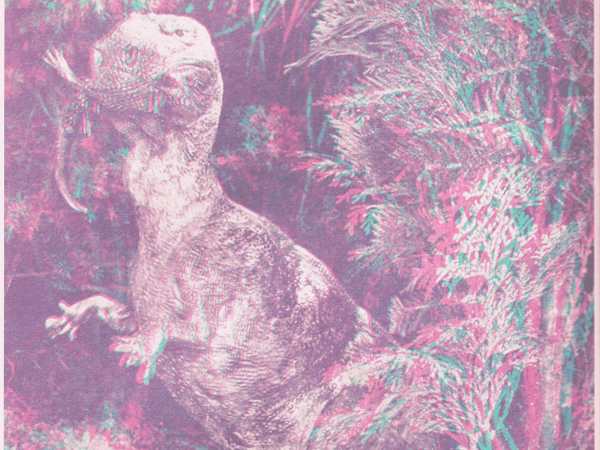Get ready to have your mind blown! We’ve all heard of 3D movies, but the world of visual trickery goes way back, offering a fascinating glimpse into the history of human curiosity and the science of perception. Let’s delve into the captivating realm of stereoscopes, anaglyph images, and mind-bending illusions!
Before 3D Glasses: The Invention of the Stereoscope
Long before the days of Avatar and blockbuster 3D flicks, Charles Wheatstone sparked a revolution in the 1830s. Fascinated by stereopsis, our ability to perceive depth, he invented the stereoscope. This ingenious device displayed two slightly different images of the same scene, tricking the brain into creating a sense of three-dimensionality.
The Rise of the Stereoscope and its Legacy
Wheatstone’s brilliance paved the way for further advancements. David Brewster, the inventor of the kaleidoscope, improved upon the design. Coupled with advancements in photography, the stereoscope became a sensation in the mid-19th century. Imagine Victorian families huddled around a stereoscope, transported to the majestic Grand Canyon (pictured) or exotic locales around the world!

Red and Cyan: The World of Anaglyph Images
Another method of achieving a 3D effect emerged in 1852. Wilhelm Rollmann, a German physicist, introduced the anaglyph image. These cleverly designed pictures utilize two color-separated images – typically red and cyan. When viewed through special glasses with matching colored lenses, the brain merges the images, creating a perceived depth.
Beyond 3D: Reversible Faces and Hidden Figures
The realm of visual trickery extends far beyond 3D. Reversible faces, like the one pictured, change depending on the viewing angle. Hidden faces, on the other hand, reveal themselves only when viewed from a specific distance. These illusions play with our perception, prompting us to question what we see and how our brains interpret visual information.
Seeing Faces Everywhere: The Science of Pareidolia
Have you ever seen Jesus in your toast or the Virgin Mary in a cloud formation? This phenomenon, known as pareidolia, is the tendency to perceive familiar patterns, like faces, in random stimuli. It’s a quirk of our brains, helping us find meaning in the world around us.
The Green Man: A Modern Take on an Ancient Illusion
The Green Man, a mythical figure often depicted with foliage for a face, serves as a delightful example of pareidolia. Look closely at the image provided, and you’ll see two lovers nestled amongst the leaves. This contemporary rendition, by artist Wade, reminds us that the fascination with visual illusions continues to inspire artists and captivate audiences across generations.
The Enduring Power of Visual Delights
From the ingenuity of the stereoscope to the playful magic of reversible faces, these visual delights offer a window into the human desire to explore perception and be amazed. So next time you encounter a 3D movie or a curious image, take a moment to appreciate the rich history and captivating science behind these visual wonders. They’re a testament to our enduring curiosity and the endless possibilities of human imagination.

